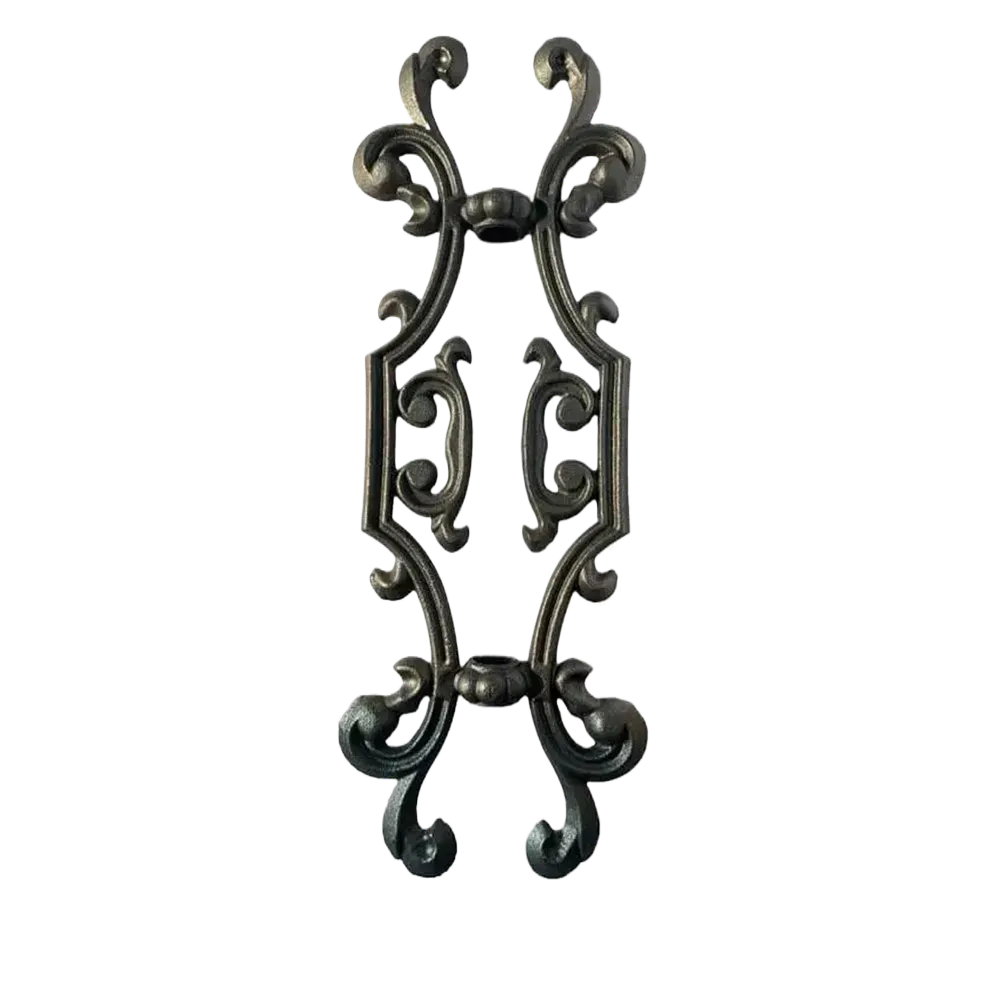ornamental iron work
The Art of Ornamental Ironwork A Blend of Aesthetics and Strength
Ornamental ironwork is an incredible craft that marries functionality with beauty. This traditional form of metalworking has been celebrated for centuries, known for its elegance and durability. From wrought iron gates to intricate railings, ornamental ironwork enhances various architectural styles, providing both security and visual appeal.
Historical Significance
The history of ornamental ironwork dates back to ancient civilizations, where blacksmiths utilized iron to create useful tools and decorative items. The craft flourished during the Renaissance, notably in Europe, as artisans began to focus on aesthetics, producing elaborate designs that adorned palaces, churches, and public spaces. The growth of the iron industry in the 19th century further popularized ornamental ironwork, leading to the distinctive styles seen in Victorian architecture and railings.
Techniques and Materials
Creating ornamental ironwork requires a deep understanding of metalworking techniques. Wrought iron, known for its malleability and durability, is the preferred material for high-quality ornamental pieces. Blacksmiths skillfully manipulate iron through various processes, such as forging, welding, and casting, to create intricate patterns and designs. The use of tools like hammers, anvils, and modern machinery allows craftsmen to bring their creative visions to life.
One of the hallmark techniques in ornamental ironwork is scrolling, which entails bending and twisting the metal into elegant shapes. This creates a dynamic flow in the design, often resembling nature-inspired forms like vines and leaves. Additionally, decorative elements such as finials and scrollwork are common, each adding a level of sophistication and style to the finished product.
Applications in Architecture
Ornamental ironwork can be found in a diverse array of applications. One of the most common uses is in gates and fences, providing not only security but also a distinct aesthetic statement. An intricately designed iron gate can serve as a focal point for a property, showcasing craftsmanship while making a strong first impression.
ornamental iron work

Railings, whether for balconies, staircases, or decks, also benefit from ornamental ironwork. These structures combine safety with style, allowing for creative expression while adhering to building codes. Special attention is often given to the detailing of balusters, which can come in various shapes and sizes, each contributing to the overall theme of the architecture.
In addition to functional items, ornamental ironwork can also be found in artistic pieces such as sculptures, garden benches, and light fixtures. These elements transform spaces, adding beauty and sophistication to both interior and exterior environments.
Modern Innovations
While the foundations of ornamental ironwork remain traditional, modern innovations have played a significant role in the evolution of the craft. Advanced technology, such as CNC machining and laser cutting, allows for precision and consistency in design. This has expanded the possibilities for intricate patterns that were once challenging to achieve by hand.
Furthermore, modern treatments and finishes protect ironwork from corrosion and wear, ensuring longevity. Powder coating, for instance, not only enhances durability but also provides an array of color options, allowing for greater customization in design.
Environmental Considerations
As we move into an era focused on sustainability, ornamental ironwork has also adapted. Many craftsmen are committed to using recycled materials and eco-friendly practices in their work. This conscious approach not only helps reduce waste but also emphasizes the enduring nature of ironwork, as products can often be restored or repurposed rather than discarded.
Conclusion
Ornamental ironwork is a timeless craft that embodies strength, artistry, and history. Its ability to blend function with aesthetic appeal makes it an invaluable component of architecture and design. As artisans continue to innovate and adapt to modern trends and environmental challenges, the art of ornamental ironwork remains as relevant today as it has ever been. Whether it’s a stunning gate, a beautifully designed railing, or a delicate sculpture, ornamental ironwork captures the imagination, providing an enduring legacy that celebrates both skill and creativity.
-
Wrought Iron Components: Timeless Elegance and Structural StrengthNewsJul.28,2025
-
Window Hardware Essentials: Rollers, Handles, and Locking SolutionsNewsJul.28,2025
-
Small Agricultural Processing Machines: Corn Threshers, Cassava Chippers, Grain Peelers & Chaff CuttersNewsJul.28,2025
-
Sliding Rollers: Smooth, Silent, and Built to LastNewsJul.28,2025
-
Cast Iron Stoves: Timeless Heating with Modern EfficiencyNewsJul.28,2025
-
Cast Iron Pipe and Fitting: Durable, Fire-Resistant Solutions for Plumbing and DrainageNewsJul.28,2025
-
 Wrought Iron Components: Timeless Elegance and Structural StrengthJul-28-2025Wrought Iron Components: Timeless Elegance and Structural Strength
Wrought Iron Components: Timeless Elegance and Structural StrengthJul-28-2025Wrought Iron Components: Timeless Elegance and Structural Strength -
 Window Hardware Essentials: Rollers, Handles, and Locking SolutionsJul-28-2025Window Hardware Essentials: Rollers, Handles, and Locking Solutions
Window Hardware Essentials: Rollers, Handles, and Locking SolutionsJul-28-2025Window Hardware Essentials: Rollers, Handles, and Locking Solutions -
 Small Agricultural Processing Machines: Corn Threshers, Cassava Chippers, Grain Peelers & Chaff CuttersJul-28-2025Small Agricultural Processing Machines: Corn Threshers, Cassava Chippers, Grain Peelers & Chaff Cutters
Small Agricultural Processing Machines: Corn Threshers, Cassava Chippers, Grain Peelers & Chaff CuttersJul-28-2025Small Agricultural Processing Machines: Corn Threshers, Cassava Chippers, Grain Peelers & Chaff Cutters












